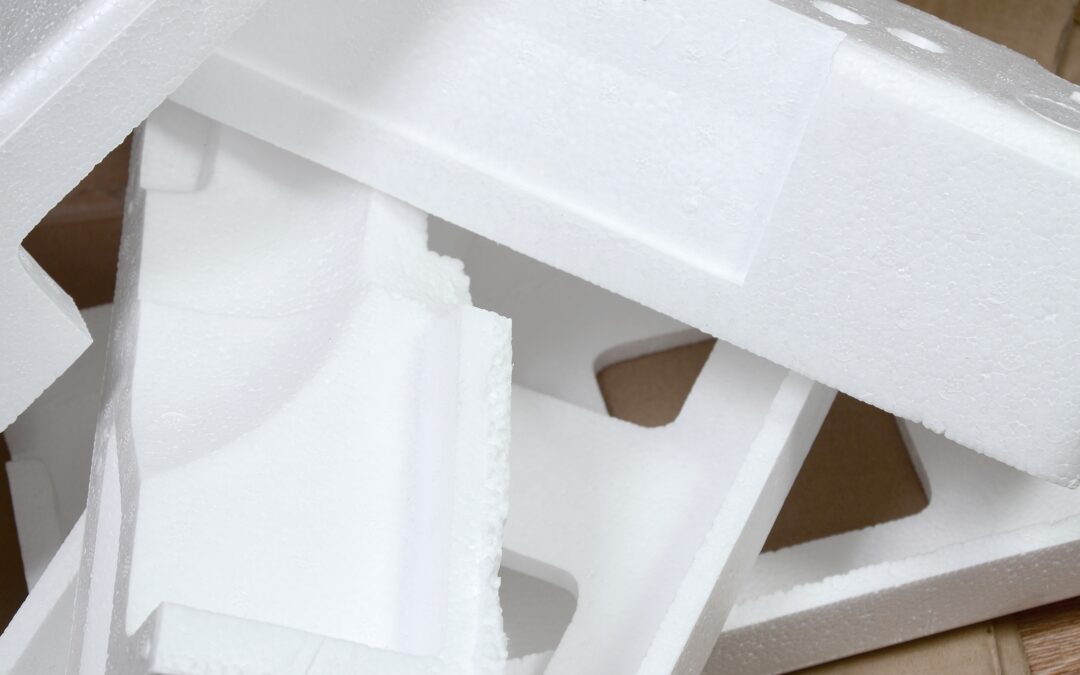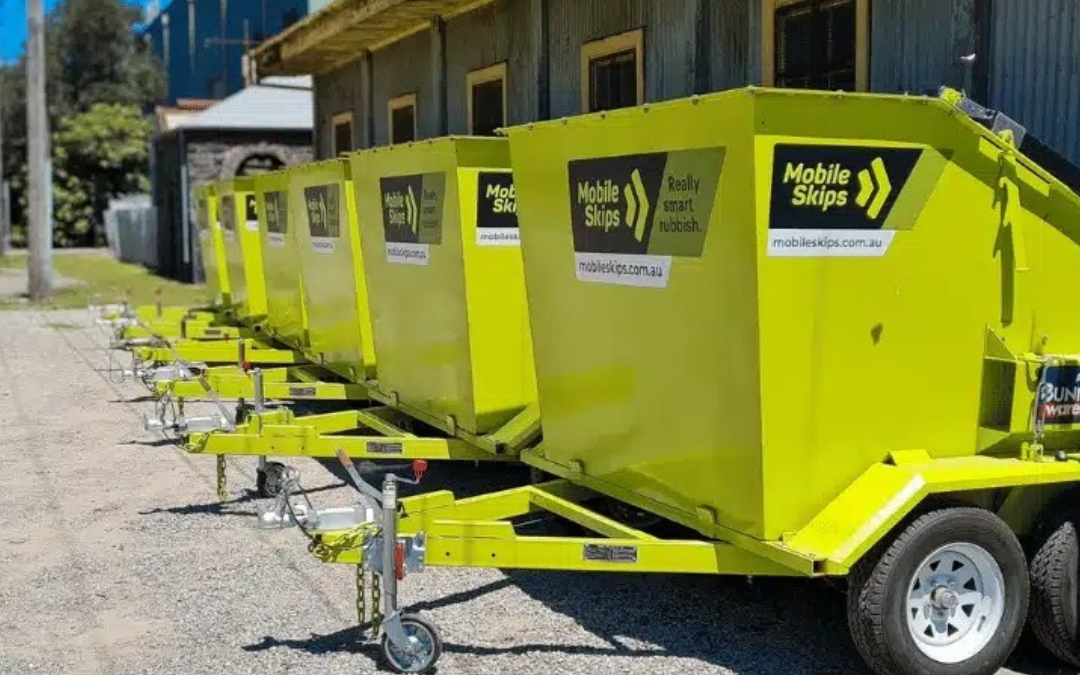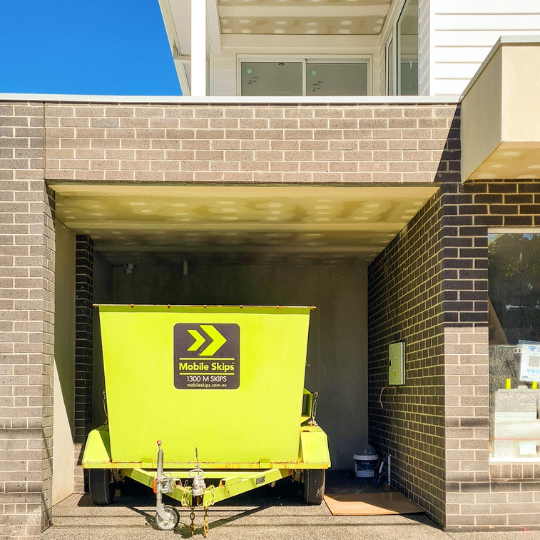Decluttering Your Home for DIY Renovations
Before you dive into your DIY home renovations, it’s a good idea to clear out the clutter. This not only makes it easier to work but also keeps you organized throughout the project.
Waste Removal Tips That Actually Work
Getting rid of waste efficiently is key to keeping your home tidy and eco-friendly. Here are some practical tips:
- Sort Your Stuff: Break down your items into recyclables, donations, and trash. This makes disposal a breeze and is better for the environment.
- Rent a Skip Bin: For bigger projects, think about hiring a skip bin. It’s a handy way to get rid of waste (Mobile Skips).
- Recycle and Donate: If something’s still in good shape, recycle it or donate it. This cuts down on waste and helps others.
- Regular Pickups: Set up regular waste pickups to keep things from piling up.
| Waste Type | Disposal Method |
|---|---|
| Recyclables | Local recycling center |
| Donations | Charity shops or shelters |
| Trash | Skip bin or regular waste pickup |
For more DIY decluttering tips, check out our detailed guides.
Smart Ways to Handle Renovation Waste
Managing renovation waste properly is crucial for a clean and safe environment. Here are some strategies to keep things under control:
- Plan Ahead: Figure out how much waste your renovation will create and plan for it.
- Hire the Pros: For big projects, consider hiring a waste disposal service. They do the heavy lifting and ensure proper disposal (Mobile Skips).
- Go Green: Use eco-friendly disposal methods whenever you can. This includes recycling materials like metal, wood, and plastic.
- Know What’s Not Allowed: Be aware of what you can’t toss in a skip bin, like hazardous materials. Check our section on prohibited items in skip bins for more details.
| Strategy | Description |
|---|---|
| Plan Ahead | Estimate waste and plan disposal |
| Hire a Service | Professional waste removal |
| Go Green | Recycle materials |
| Know What’s Not Allowed | Avoid hazardous materials |
By following these tips, you can manage renovation waste efficiently, making your DIY project smoother and more enjoyable. For more tips, visit our home renovation tips page.
Managing Waste with Skip Bins
Skip bins are a game-changer for handling waste during your DIY home renovations. They make it easy to get rid of all that junk, keeping your workspace clean and safe.
Skip Bin Size Guide
Picking the right skip bin size is key to managing waste effectively. Here’s a quick guide to help you choose the right size for your renovation needs:
| Skip Bin Type | Capacity (kg) | Description |
|---|---|---|
| Standard Skip Bin | 500 | Holds up to 1 wheelbarrow of heavy stuff |
| Heavy Skip Bin | 1000 | Holds up to 5 wheelbarrows of heavy stuff |
Figures courtesy of Mobile Skips
For bigger projects, you might need more than one bin or a chat with your skip bin provider to figure out the best option.
What Not to Toss in Skip Bins
You can’t just throw anything into a skip bin. Knowing what’s off-limits helps you avoid fines and ensures safe disposal. Here’s a list of items you should keep out:
- Asbestos
- Chemicals
- Batteries
- Paint
- Poison
- Food
- Biological waste
- Gas bottles
- Fuel
- Oils
For more details, visit Mobile Skips.
Skip Bin Delivery and Eco-Friendly Practices
One of the best things about using skip bins from places like Mobile Skips is their easy delivery and green practices. Here are some highlights:
- Quick Delivery: Skip bins arrive within 3 hours of booking, perfect for any DIY home renovation on a budget. During business hours, they usually respond within 15 minutes.
- No Council Permit Needed: Mobile Skips are on a registered trailer, so you can park them anywhere a car fits, no council permit required (Mobile Skips).
- Eco-Friendly Moves: Mobile Skips has teamed up with Carbon Neutral to plant a tree for every rubbish collection booked online, cutting down the carbon footprint at no extra cost to you (Mobile Skips).
Skip bins are a must-have for managing waste during DIY renovations. By knowing the size guide, sticking to the rules on prohibited items, and taking advantage of their delivery and eco-friendly practices, you can make waste management a breeze. For more home renovation tips, check out our other articles.
Tool Maintenance for DIY Renovations
Keeping your DIY home renovation tools in tip-top shape is key to making sure they work well and last a long time. This guide covers the basics of tool maintenance, including organizing and storing tools, cleaning and sharpening them, and keeping them lubricated and protected.
Organizing and Storing Tools
Storing your tools properly is a game-changer. It keeps them from rusting, getting damaged, or becoming a safety hazard. Plus, it makes finding the right tool a breeze. Here are some tips:
- Toolboxes and Cabinets: Get yourself some sturdy toolboxes and cabinets to keep everything in its place.
- Pegboards and Hooks: Hang your tools on pegboards and hooks for easy access and visibility.
- Drawer Dividers: Use drawer dividers to keep small tools and accessories organized.
Need more ideas? Check out our DIY organization ideas.
Cleaning and Sharpening Tools
Cleaning your tools is a must to keep them working efficiently and safely. Dirt, grease, and rust can mess up their performance. Regular maintenance is the way to go to extend their life and reliability.
- Cleaning: Wipe down your tools with a clean cloth after each use. For stubborn dirt and grease, use a mild detergent and water. Make sure the tools are completely dry before storing them to prevent rust.
- Sharpening: Keep blades and cutting tools sharp with a sharpening stone or file. Sharp tools not only work better but are also safer to use.
Lubrication and Protection
Lubrication cuts down on friction in moving parts, while protection helps prevent rust, making your tools last longer and work better (Tend Supplies).
| Maintenance Task | How Often | Products to Use |
|---|---|---|
| Lubrication | Monthly | WD-40, Machine oil |
| Cleaning | After each use | Mild detergent, Water |
| Sharpening | As needed | Sharpening stone, File |
- Lubrication: Apply a light coat of lubricant to moving parts to keep them running smoothly. Wipe off any excess to avoid attracting dirt.
- Protection: Store your tools in a dry, cool place to prevent rust. Toss in some silica gel packs in your toolbox to absorb moisture.
Follow these tips, and your DIY home renovation tools will be ready for any project. For more on DIY home improvements, visit our DIY home improvement projects page.
Safety Gear for DIY Renovations
So, you’re diving into some DIY home improvement projects? Awesome! But before you grab that hammer, let’s talk safety gear. This is your go-to guide for keeping your noggin, peepers, and lungs safe while you transform your space.
Keep Your Head Safe: Protective Headgear
First things first, protect that brain of yours. If you’re working at heights or dealing with stuff that might fall, a hard hat is a must. These aren’t just any hats; they need to meet OSHA standards to make sure they’re up to the job.
| Feature | Description |
|---|---|
| Material | Polyethylene or Fiberglass |
| Standards | OSHA Compliant |
| Uses | Protection from falling objects and impacts |
Shield Those Eyes: Safety Glasses
Your eyes are precious, so don’t take any chances. Safety glasses are your best friend when it comes to flying debris, dust, and those pesky chemical splashes. Look for ones that meet ANSI Z87.1 standards for impact resistance. Trust me, your future self will thank you.
| Feature | Description |
|---|---|
| Material | Polycarbonate Lenses |
| Standards | ANSI Z87.1 Compliant |
| Uses | Protection from flying debris, dust, and chemicals |
Full Face Protection: Face Shields and Respirators
Face shields aren’t just for pandemics. They’re perfect for keeping your entire face safe from debris, especially when you’re sanding or woodturning. Pair them with a good respirator to keep your lungs clear of dust and fumes. Make sure your respirator is NIOSH approved for the best protection.
| Feature | Description |
|---|---|
| Face Shield Material | Polycarbonate or Acetate |
| Respirator Standards | NIOSH Approved |
| Uses | Protection from debris, particles, and inhalation hazards |
For more tips and tricks on staying safe and getting the most out of your DIY projects, check out our articles on DIY home renovation ideas and home renovation tips. Happy renovating!
Must-Have Tools for DIY Renovations
Ready to roll up your sleeves and transform your home? Having the right tools can make or break your DIY renovation project. Here are three game-changers you need in your toolkit.
Reciprocating Saw: The Jack-of-All-Trades
Meet the reciprocating saw, your new best friend for cutting through just about anything. Whether it’s wood, metal, or even tubs, this tool’s got you covered. Handmade Haven swears by it for their Lake House Renovation. It’s perfect for demolition and making precise cuts.
| Material | Use |
|---|---|
| Wood | Beams, studs, joists |
| Metal | Pipes, fittings |
| Plastic | PVC pipes, plastic materials |
Need more ideas? Check out our DIY home renovation ideas.
Graco Paint Sprayer: Paint Like a Pro
Say goodbye to uneven brush strokes and hello to the Graco paint sprayer. This cordless wonder makes painting large surfaces a breeze. Sure, it’s a bit pricey, but the speed and quality are worth every penny.
| Feature | Benefit |
|---|---|
| Cordless | Move freely, no cords to trip over |
| Even Coverage | Smooth, professional finish |
| Speed | Faster than brushes or rollers |
For painting tips, visit our guide on DIY painting renovations.
Dewalt Drill: The Workhorse
No DIY toolkit is complete without a Dewalt drill. Lightweight and reliable, this drill is perfect for everything from hanging shelves to drilling pilot holes (Handmade Haven). Its versatility makes it indispensable.
| Task | Use |
|---|---|
| Drilling | Holes in wood, metal, drywall |
| Screwing | Fastening screws with ease |
| Mixing | Stir paint or plaster with a mixing attachment |
Explore more uses for your Dewalt drill in our DIY home improvement projects.
With these tools in your arsenal, you’re ready to tackle any DIY home renovation. Whether you’re cutting, painting, or drilling, these tools will help you get professional results. For more tips and tricks, check out our guides on home renovation tips and DIY decluttering tips.
Sustainable Materials for Home Renovations
Going green with your DIY home renovation can make a big difference for the planet. Here are some eco-friendly materials that can help you build a stylish and sustainable home:
Recycled Steel: The Heavyweight Champ
Recycled steel is a top pick for eco-conscious renovators. It’s the most recycled material globally, beating out plastic, paper, aluminum, and glass combined. Using recycled steel means less mining and more resource conservation. Plus, it’s tough as nails and perfect for structural frameworks, roofing, and even some snazzy decor.
| Material | Recycling Rate |
|---|---|
| Recycled Steel | 85% |
| Plastic | 9% |
| Paper | 68% |
| Aluminum | 49% |
| Glass | 33% |
Cork: The Soft Touch
Cork is another fantastic sustainable choice. It’s moisture-resistant and great for ceilings, walls, and floors. Cork harvesting is also a win for the environment, as it helps absorb carbon dioxide (Barbulianno Design).
- Why Cork Rocks:
- Keeps moisture at bay
- Blocks out noise
- Renewable and biodegradable
- Feels good underfoot
For more ideas on diy flooring renovations and diy wall renovations, cork is a green and stylish option.
Straw Bale and Hempcrete: The Dynamic Duo
Straw bale construction is a sustainable way to build. Straw bales can be used in walls, attics, and ceilings for excellent insulation. Compressed straw panels are great for cladding and are 100% recyclable and biodegradable (Barbulianno Design).
| Material | Key Attributes |
|---|---|
| Straw Bales | 100% recyclable, Insulating |
| Hempcrete | Fire-resistant, Pest-resistant, Insulating |
Hempcrete, made from sand, hemp fibers, and lime, is another green superstar. It’s breathable, fire-resistant, pest-resistant, and a great insulator. Plus, it’s made from fast-growing hemp, making it a renewable resource with excellent thermal performance (Barbulianno Design).
For more green ideas, check out our diy home improvement projects and diy home renovation ideas sections.
By using these eco-friendly materials in your diy home renovations, you can create a beautiful, sustainable living space and do your part for the environment.






